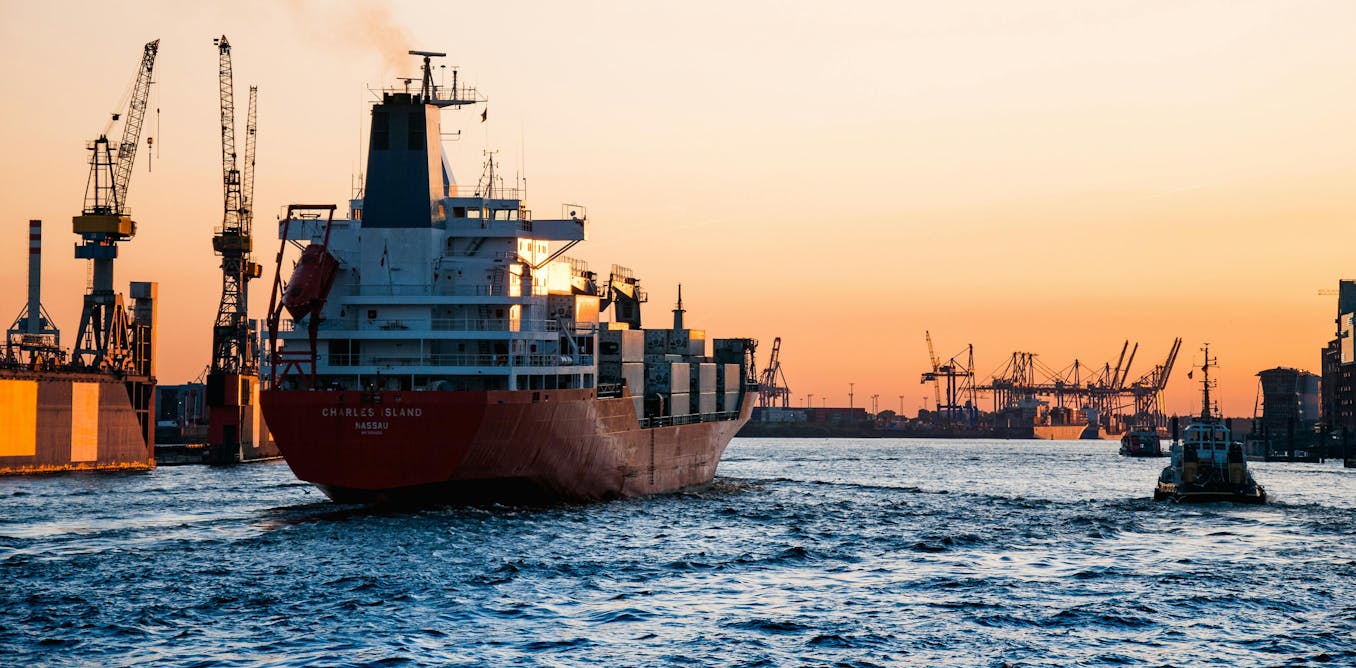Lithium iron phosphate (LFP) batteries were a made-in-America innovation, but China ended up cornering the market on what became the world’s leading solution in low-cost EV batteries. Now, following a decade of development, General Motors has announced a battery breakthrough that might help American manufacturers reclaim some high ground: LMR, or lithium manganese-rich batteries.
Kushal Narayanaswamy, GM director of advanced battery cell engineering, says the company’s LMR batteries can deliver 33 percent higher energy density than China’s best LFP cells, at comparable production costs. That potentially opens the door to the more-affordable EVs that consumers want, without unduly sacrificing driving range.
“We’ve decided to industrialize this technology for our full-size trucks and SUVs” beginning in 2028, Narayanaswamy says.
That plan could make GM the world’s first automaker to deploy LMR batteries in an EV. GM has built a growing EV business via conventional nickel-rich “Ultium” batteries — enough to pass Tesla as the largest U.S. producer of battery cells. Those pouch-style Ultium cells, built with partner LG Energy Solution in huge factories in Ohio and Tennessee, deliver up to 792 kilometers (492 miles) of range in GM’s Chevrolet Silverado. That range, verified by the U.S. Environmental Protection Agency, is tops among any full-size electric pickup truck.
High Battery Costs Drive Skyrocketing Car Prices
But aside from a basic work-oriented version, that Silverado starts at around US $75,000, and tops $90,000 for lavish versions. The Cadillac Escalade IQ I recently tested in metro Detroit — essentially a luxury condo on wheels — is another long-ranger, stretching past 740 km (460 miles) on a charge. Caddy’s three-row SUV is also expensive, starting at nearly $130,000.
Those prices trace directly to high costs for cobalt and nickel in today’s most energy-dense cells. Such burdensome costs helped spark an LFP revolution, which jump-started the explosive growth of EVs in China, including budget models with limited range. Ford is racing to build a controversial LFP plant in rural Michigan, and Stellantis is doing the same in Spain, with both automakers licensing LFP technology from China’s CATL.
LFP batteries replace pricey cobalt and nickel with plentiful, inexpensive iron and phosphate, and they are notably safe and durable. The tradeoff for all that is mediocre energy density. For example, the latest “Blade” LFP battery from Chinese automaker BYD delivers just 350 watt-hours or so per liter of volume, versus more than 600 watt-hours per liter for GM’s Ultium batteries, or Tesla’s 4680 cells.
GM has found a middle ground with manganese, a transition metal that could help automakers blunt China’s current near-monopoly on LFP production.
“Manganese is dirt cheap, so at a raw materials level, it gives you that benefit to start with,” Narayanaswamy says.
Compared with Ultium cells — whose chemical…
Read full article: How GM’s LMR Batteries Could Cut EV Costs

The post “How GM’s LMR Batteries Could Cut EV Costs” by Lawrence Ulrich was published on 07/01/2025 by spectrum.ieee.org



































Leave a Reply